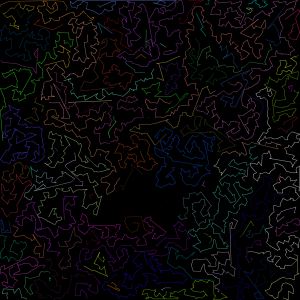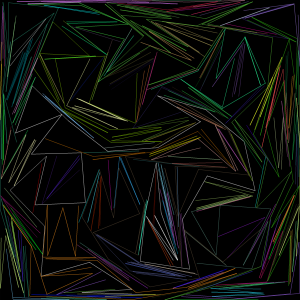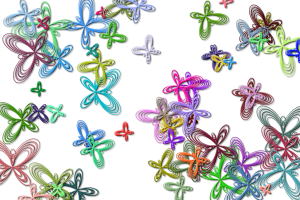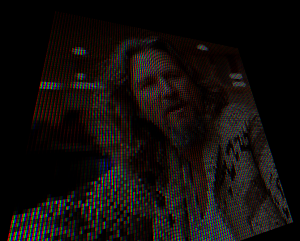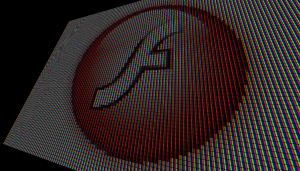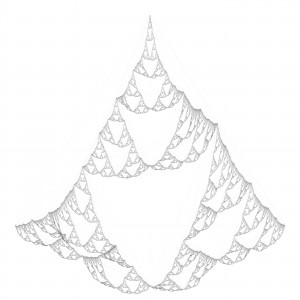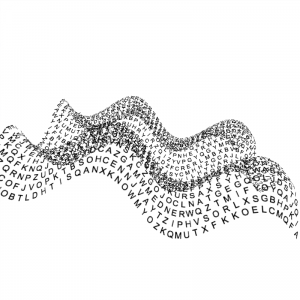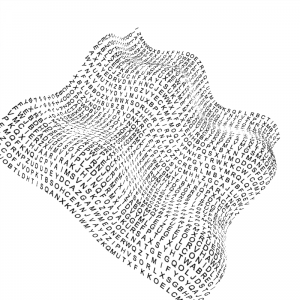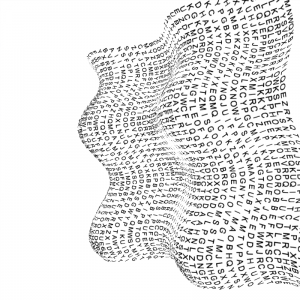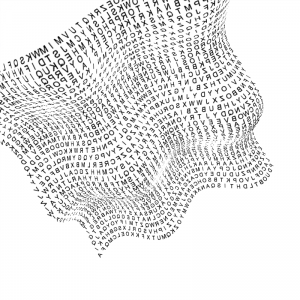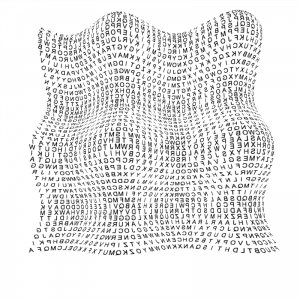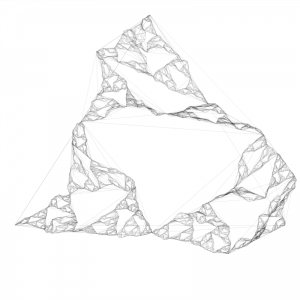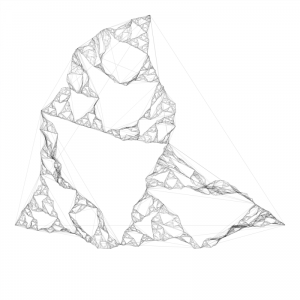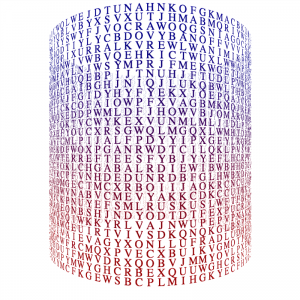Wow, I have to say I am really enjoying this site! I just realized it’s been up over a month. It’s a challenge to keep coming up with stuff, but not a very hard one. I generally create a few things in a flurry of activity and use the scheduled publish feature to push them out. So I always have at least a few days (up to a week or more) of buffer.
It’s a bit like the old lab at BIT-101, but with some different challenges, and some more freedom. I might eventually start putting some animated or even interactive stuff up here, but right now I’m really enjoying capturing static slices of a piece and freezing them in time.
And, in regards to the code behind the art, I did start putting together a library of some of the common routines and classes I’ve been using. I should probably clean it up a bit and maybe even document it, but eventually I’ll release that. Some pretty cool stuff in there, if I do say so myself. 🙂

